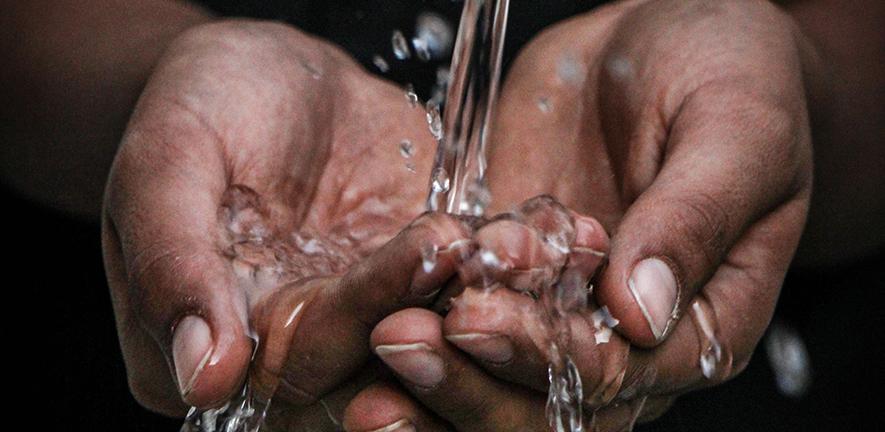
Students and teachers across India now have free access to a new curriculum on water security and sustainability, co-developed by researchers at the University of Cambridge, which incorporates engagement with climate change and climate activism into their lessons.
Students and teachers across India now have free access to a new curriculum on water security and sustainability, co-developed by researchers at the University of Cambridge, which incorporates engagement with climate change and climate activism into their lessons.
These school materials are designed to allow young people to develop a critical engagement with these issues
Bhaskar Vira
‘Pani Pahar – the Water Curriculum’ was jointly developed by researchers at the University of Cambridge and the Hearth Education Advisors, a division of Canta Consultants LLP. It is designed for students between the ages of 9 and 15, and is now freely available to students, teachers and schools. The aim of the curriculum is to engage students in experiential learning and to instil in them a sense of responsibility towards water conservation.
The curriculum has grown out of ‘Pani, Pahar – Waters of the Himalayas’, a collaborative research project between the University of Cambridge, The Centre for Ecology Development and Research in India (CEDAR) and Southasia Institute for Advanced Studies in Nepal (SIAS). The project explores the changing landscapes and escalating water crises of the Indian Himalayas. It combines academic research led by Professor Bhaskar Vira and Dr Eszter Kovacs from Cambridge’s Department of Geography with contemporary imagery by photojournalist Toby Smith, which has been exhibited in the UK and India.
The curriculum aims to help students understand water resources and sustainability and how these are impacted by climate change. The detailed lesson plans encourage reflection and research on the human causes of water scarcity, and some of the effects of environmental change on humans and our shared resources. It also helps students understand the meaning of activism, recognise some of the challenges associated with activism, and begin to associate activism with the needs and issues of their school.
“These school materials are designed to allow young people, who are highly mobilised through the school strikes for climate, to develop a critical engagement with these issues, with learning resources and educational materials that are targeted at different stages of the secondary school curriculum,” said Vira. “We wanted to show the links between our research on water scarcity and broader concerns about environmental change and crises.”
The curriculum has three sets, one for each level, each involving a 10-hours contact time with the students. The curriculum is targeted at students of junior, middle and senior level.
The curriculum was launched in India earlier this week, although Vira says it could easily be incorporated into the school systems of other countries, including the UK.
Funding for the research project and exhibition was provided by the UK’s Ecosystem Services for Poverty Alleviation (ESPA) programme, which was a joint initiative of the UK Department for International Development (DFID), Natural Environment Research Council (NERC) and Economic and Social Research Council (ESRC). Funding was also provided by the University of Cambridge’s Economic and Social Research Council Impact Acceleration Account. The Oxonian India Foundation funded the graphic design of the curriculum materials.

The text in this work is licensed under a Creative Commons Attribution 4.0 International License. Images, including our videos, are Copyright ©University of Cambridge and licensors/contributors as identified. All rights reserved. We make our image and video content available in a number of ways – as here, on our main website under its Terms and conditions, and on a range of channels including social media that permit your use and sharing of our content under their respective Terms.




